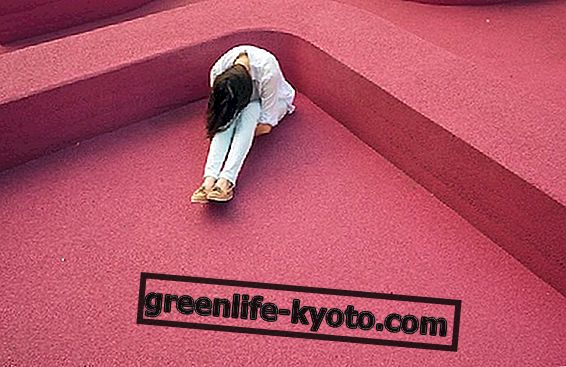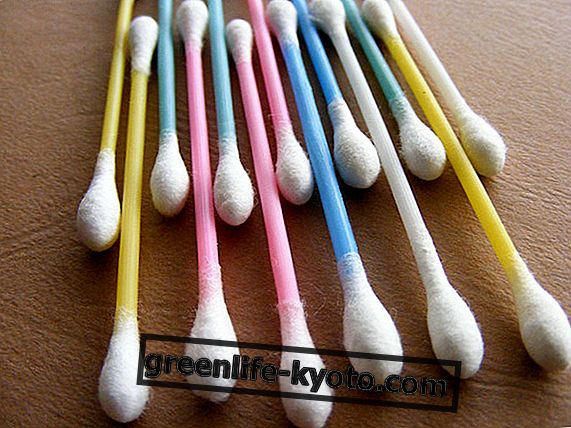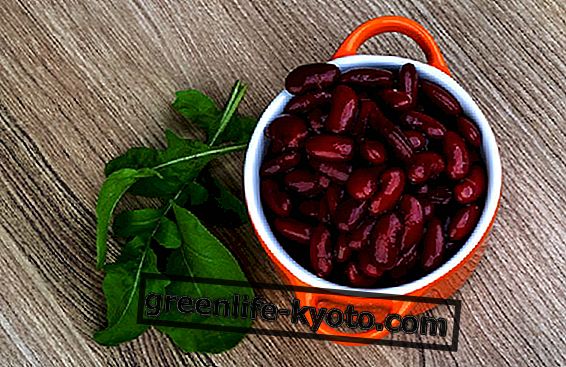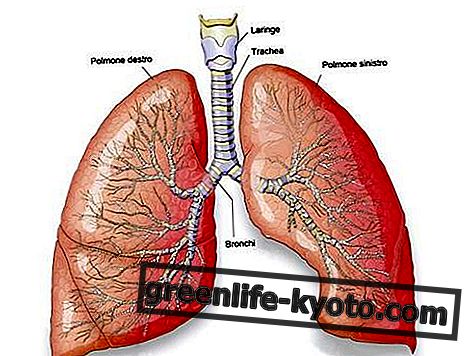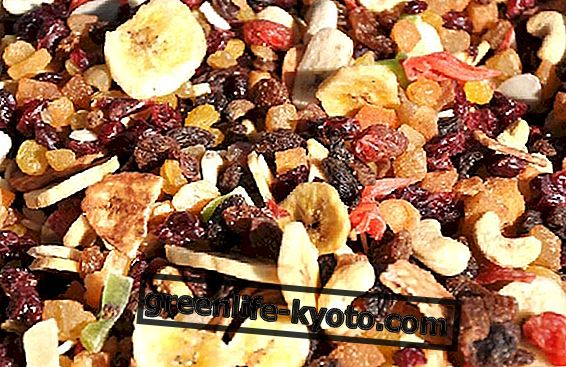OPCs (also known as proanthocyanidol oligomers, proanthocyanidins, procyanidins or even
>
>

Where are
The OPCs were initially discovered in maritime pine bark extracts by a French researcher. Subsequently, further studies led to the determination of these molecules also in the seeds of Vitis vinifera L., in particular of the rubra variety .
The vine is, among the Mediterranean medicinal plants, one of the most important and known since ancient times. Famous is the so-called French paradox, which if it were not because it was studied in France, could easily be applied to Italians.
This paradox establishes that the French, even if they are large consumers of cheeses, are more protected from cardiovascular risks, compared to other populations with a similar diet, thanks to the consumption of red wine; this is true up to a certain limit (corresponding to about a glass of wine a day), beyond which the negative effects of alcohol take over.
The vine has been present in the Mediterranean Regions since ancient times : grapes were found in archaeological finds dating back to the Bronze Age. Dominated in Mesopotamia in 4000 BC, it then spread to the Middle East and from there to Greece, Italy, France and Spain. The spread of vines in Italy was possible thanks to the Etruscans, who domesticated it around 1000 BC
Today, it is cultivated in many places in the world, especially in the regions of Southern Europe, California, Australia and South Africa, as well as South America and the Middle East. Almost all of the vines cultivated belong to the species Vitis vinifera L.
You can learn more about the properties and uses of red vine, rich in OPC

Properties of OPCs
The OPCs, as mentioned above, are extracted from the seeds of grapes, although they are present in other plants such as: the bark of the maritime pine; horse chestnut seeds; the berries of American blueberry and cranberry; the cypress berries and others.
Numerous research has highlighted important properties for these extracts. The OPCs are immediately bioavailable, already 10 minutes after administration they are present in the blood, with a peak at 45 minutes. OPCs are able to protect tissues from the degradation of collagen and elastin (important connective tissue proteins) and to promote the formation of collagen microfibrils .
Collagen is the main extracellular protein present in connective tissues and bones; gives shape and resistance to the fabrics in which it is present, allowing it to withstand even considerable tensile stresses.
Collagen is made up of many subunits linked together, which under certain conditions or in certain pathologies can break more easily; moreover, the collagen fibers are immersed in a gelatinous matrix composed mostly of molecules known as glycosaminoglycans. OPCs show an elective affinity for tissues rich in glycosaminoglia, such as cartilages, arterial and venous walls, where they act by blocking the phenomena of depolymerization of the same and favoring the formation of new collagen.
Furthermore, OPCs protect against free radical damage ; they have an antioxidant, immunostimulant and antimutagenic action ; they are useful in case of edema and inflammation.
Their use is mainly aimed at the protection of blood vessels and the strengthening of the microcirculation, for this reason the extracts of OPC are administered to people suffering from chronic venous insufficiency, varicose veins, haemorrhoidal syndrome and problems related to circulatory disorders in general .
Furthermore, by reducing inflammation, OPCs are used in case of inflammation and edema. Finally, they are used in corneal diseases and to stimulate the immune system (they protect the cells of the immune system from oxidative damage).
The recommended doses in chronic and important cases are high, up to 95% titration in OPC in 100-300 mg of dry grape seed extract.
In conclusion, one can not forget another plant rich in OPC, the cranberry or cranberry American. The OPCs contained in this plant are of type A and have different properties compared to those of the red vine.
In fact, the cranberry is used in case of cystitis and this is because the OPCs of type A inhibit the adhesion of the bacteria responsible for inflammation to the walls of the bladder, avoiding bothersome relapses.
Contraindications
OPCs show no toxicity. As water-soluble, the excess amount, not assimilated, is eliminated in the urine.
OPC among the remedies for varicose veins


